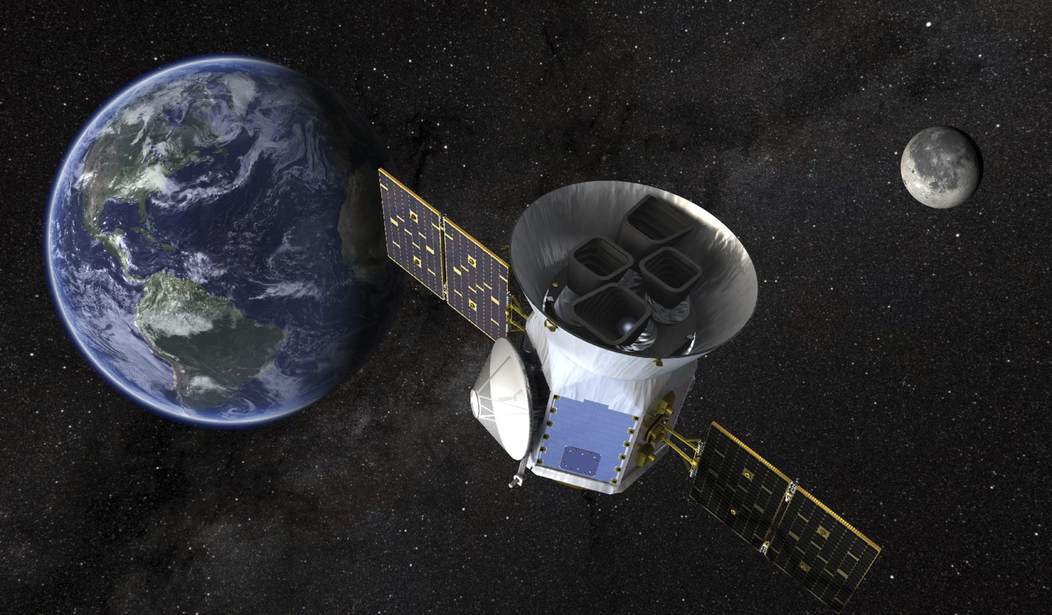Well, this is certainly a bummer:
A research team under the leadership of French astronomer Claudio Grimaldi recently published a paper suggesting that any extraterrestrial civilization we discover is likely to be long dead.
This possibility may sound bizarre. After all, how could we possibly tell whether a culture is still around when it’s hundreds or thousands of light-years away? In general we can’t. And yet there are reasons why Grimaldi and his team may be right. In fact, their argument is reminiscent of one I often hear in connection with the search for extraterrestrial intelligence (SETI).
Since any alien radio message we might receive would have been lumbering through space at the finite speed of light — and since space is big — many folks assume that the signal must have been sent “millions of years ago.” The obvious corollary is that the alien broadcasters may have long since cashed in their chips.
But wait — there’s hope!
My response to this melancholy logic is to note that most of the star systems examined by SETI scientists are less than a few hundred light-years away. So a signal from one of these wouldn’t be a million years old. And since a few centuries isn’t really much time, I usually offer an analogy: It takes the postal service three days to deliver a letter from my aunt. But it’s unlikely that she died in the interim because three days is brief in comparison to the average lifetime of aunts.
Now if your average alien society lasts for a long time — say more than 100,000 years — then its signals can cover the entire galaxy while the aliens are still with us. If this is a typical situation — if Klingon cultures have staying power — there could be many transmissions wafting over the Earth from societies that are still extant.
On the other hand, if the lights go out for most societies relatively quickly, then most signals reaching Earth now or in the immediate future are likely to be from aliens who are dead. If most civilizations transmit for 10,000 years (we earthlings have been transmitting for roughly a century), then 99 percent of all the signals washing over our planet are from expired, or at least silent, societies.
Or maybe, like many human societies, they never got around to inventing anything worthwhile. Still, in the image above you can see an artist’s rendition of the Transiting Exoplanet Survey Satellite (TESS), which is scheduled for an April 2018 launch. According to NASA, “the spacecraft will prowl for planets around the closest, brightest stars. These newfound worlds eventually will become prime targets for future telescopes looking to tease out any signs of life.”
In the meantime, our old broadcasts of Fibber McGee and Molly are out there, just waiting for the right sets of antennae to pick them up — and then, intrigued, perhaps pay us a visit.









Join the conversation as a VIP Member